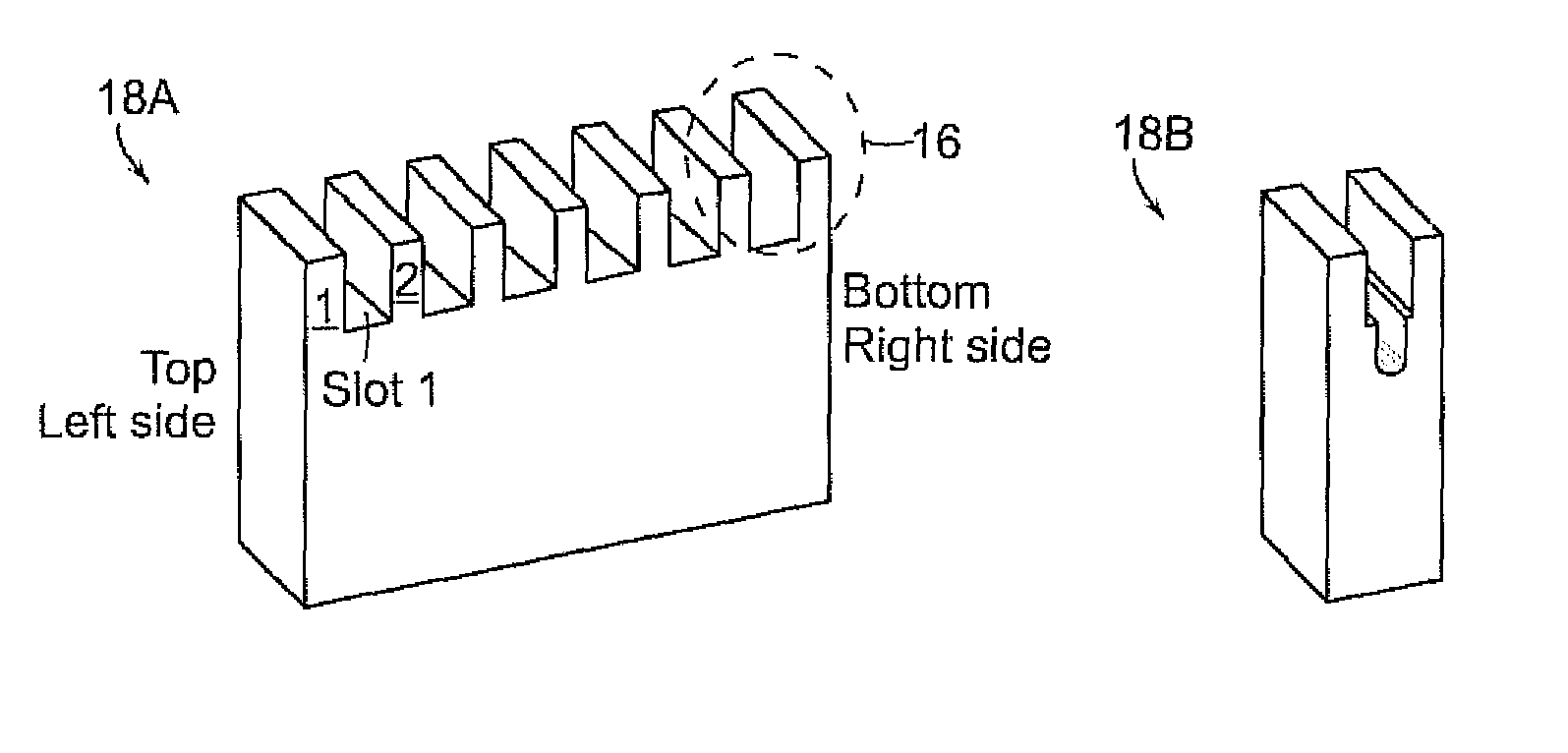Method for grinding complex shapes
a technology of complex shapes and grinding methods, applied in the direction of grinding machines, grinding machine components, manufacturing tools, etc., can solve the problems of affecting the quality of grinding, the inability to generally create the type of form, and the cost of re-entrant shapes, etc., to achieve outstanding performance, reduce the amount of material, and reduce the arc of contact
- Summary
- Abstract
- Description
- Claims
- Application Information
AI Technical Summary
Benefits of technology
Problems solved by technology
Method used
Image
Examples
Embodiment Construction
[0014]The foregoing and other objects, features and advantages of the invention will be apparent from the following more particular description of preferred embodiments of the invention, as illustrated in the accompanying drawings. The drawings are not necessarily to scale, emphasis instead being placed upon illustrating the principles of the invention.
[0015]As used herein, the term “complex shape” means a shape or a part that has an angle that is re-entering or pointing inward and which does not allow a mating form to be removed in a direction normal to one of three axes (i.e., x, y or z). An example of the complex shape includes a re-entrant shape. As used herein, the “re-entrant shape” means a shape or a part that has an angle that is re-entering or pointing inward, and is wider at the inside than it is at the entrance. An example of the re-entrant shape is a dovetail slot.
[0016]The slot formation processes of the invention remove the bulk of material, minimizing the amount of ma...
PUM
| Property | Measurement | Unit |
|---|---|---|
| size | aaaaa | aaaaa |
| speed | aaaaa | aaaaa |
| speed | aaaaa | aaaaa |
Abstract
Description
Claims
Application Information
 Login to View More
Login to View More - R&D
- Intellectual Property
- Life Sciences
- Materials
- Tech Scout
- Unparalleled Data Quality
- Higher Quality Content
- 60% Fewer Hallucinations
Browse by: Latest US Patents, China's latest patents, Technical Efficacy Thesaurus, Application Domain, Technology Topic, Popular Technical Reports.
© 2025 PatSnap. All rights reserved.Legal|Privacy policy|Modern Slavery Act Transparency Statement|Sitemap|About US| Contact US: help@patsnap.com



